In this article, we will explore the role of contrast and how it can be used to transform your portrait photography.
Understanding Contrast
Contrast in photography refers to the difference in tonal values between two or more elements within an image. It is the play between dark and light areas that creates visual interest and draws the viewer’s attention. Contrast can be created in multiple ways, including through lighting, colors, textures, and even different poses or expressions of the subject.
High contrast images usually have distinct areas of deep shadows and bright highlights, creating a stark difference that catches the eye. On the other hand, low contrast images have a more even tonal range, with smoother transitions between light and dark areas, resulting in a softer and more subtle feel.
Now, let’s explore how contrast can add drama and evoke emotions in your portrait photography:
Highlighting Features
Contrast can be used to emphasize specific features in a portrait. By directing light to certain areas of the subject’s face or body, you can create shadows and highlights that bring attention to their unique characteristics. This technique is particularly effective when photographing individuals with distinct facial structures or expressive eyes. By using contrast effectively, you can capture the essence of your subject and highlight their best features.
Conveying Mood
Contrast can also have a profound impact on the overall mood of a portrait. High contrast images with deep shadows and bright highlights often evoke a sense of mystery, drama, or intensity. On the other hand, low contrast images with a softer tonal range convey a more gentle and serene mood. By intentionally manipulating the contrast in your portraits, you can help convey the emotional message you want to express.
Adding Depth and Dimension
Contrast has the power to add depth and dimension to your portraits. By carefully positioning your subject and using lighting techniques such as side lighting or Rembrandt lighting, you can create a three-dimensional effect. The interplay between light and dark areas enhances the sense of depth, making your subject appear more lifelike and engaging.
Key Takeaways
- Contrast in photography refers to the difference in tonal values between elements within an image.
- High contrast creates visual interest and draws the viewer’s attention, while low contrast offers a softer and more subtle feel.
- Contrast can be used to emphasize specific features, convey mood, and add depth and dimension to portraits.
In conclusion, understanding and effectively using contrast is a valuable skill for portrait photographers. By harnessing the power of contrast, you can create captivating portraits that evoke emotion and leave a lasting impact on viewers. Whether it’s highlighting features, conveying mood, or adding depth and dimension, contrast is a tool that can transform your portrait photography. So, experiment with different lighting techniques, compositions, and expressions to discover the magic of contrast in your own work.
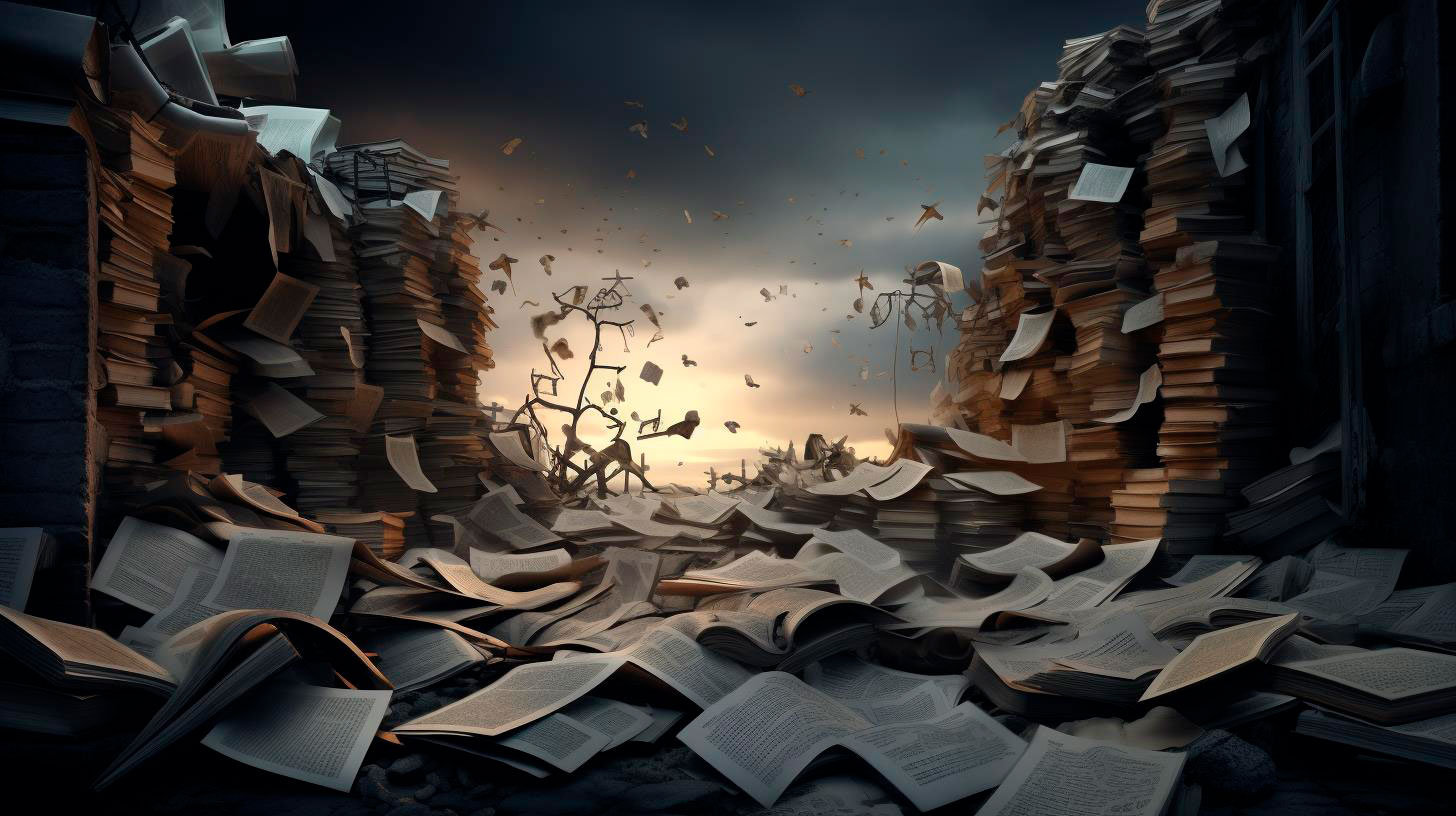
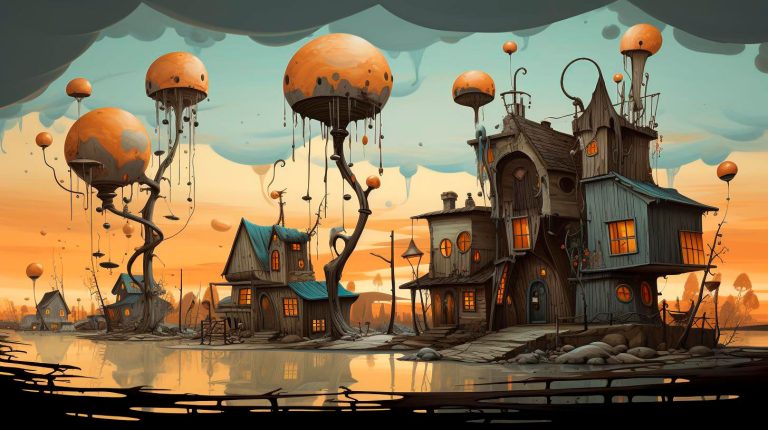
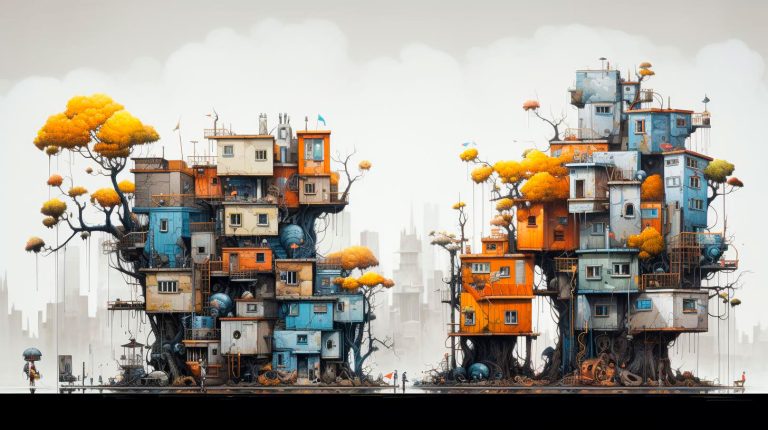
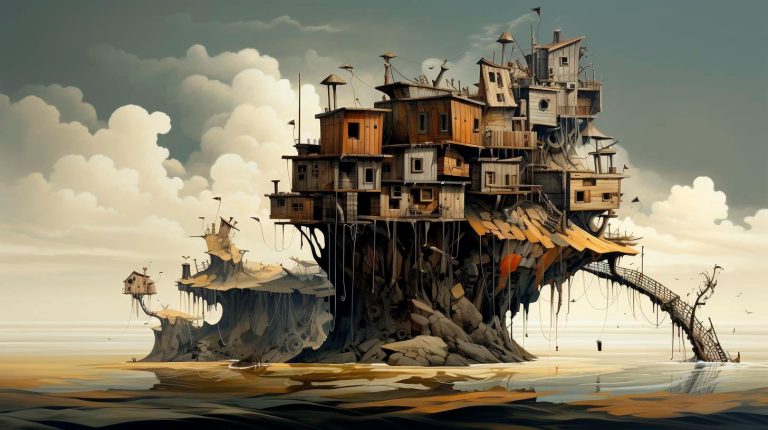

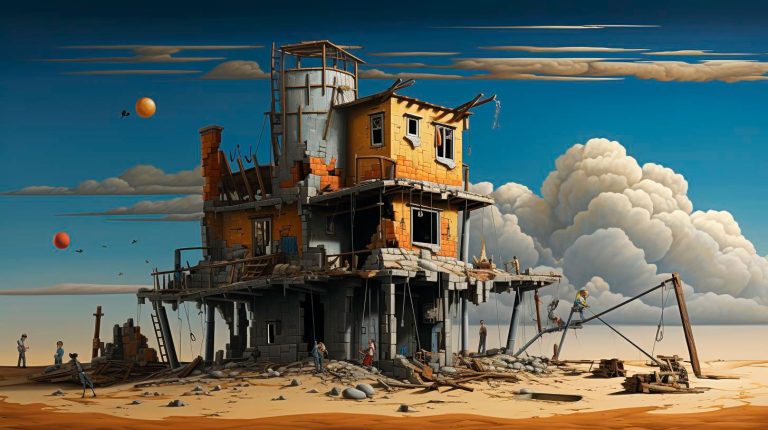

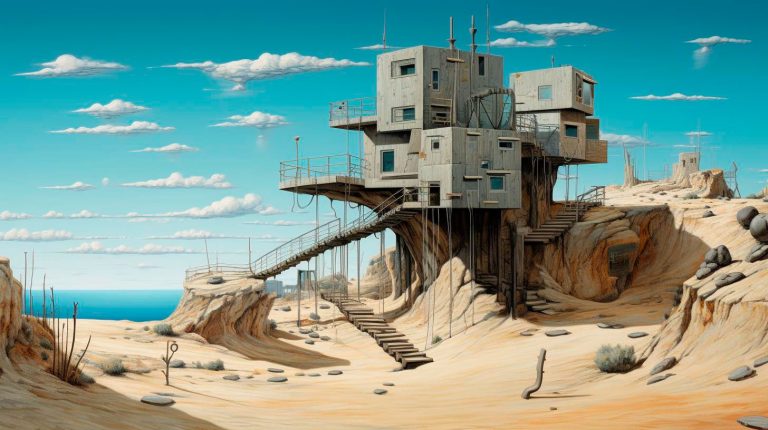
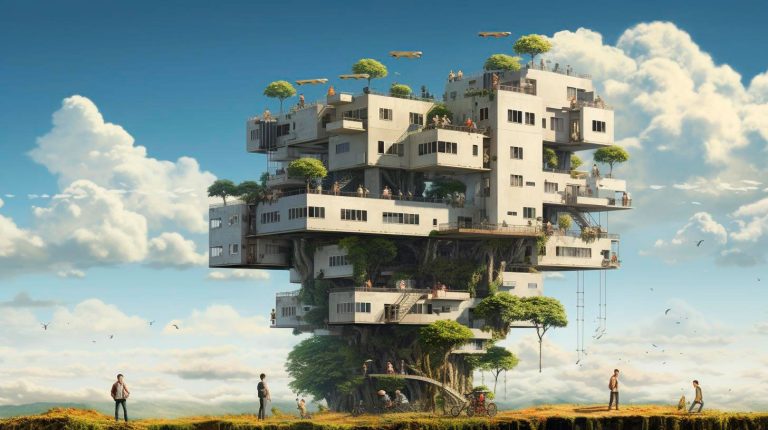
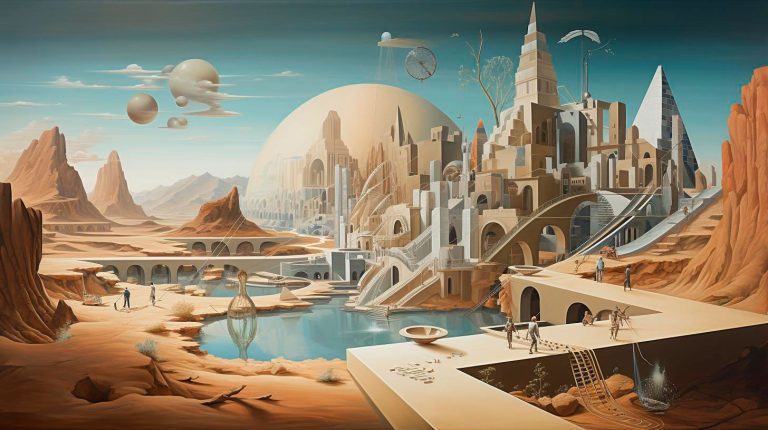
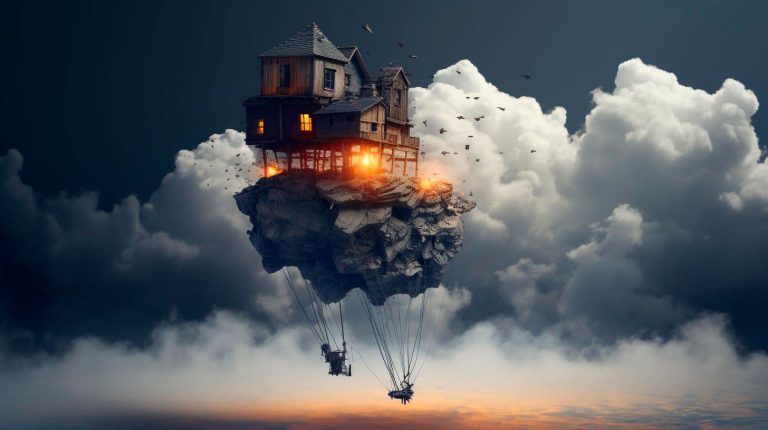








+ There are no comments
Add yours